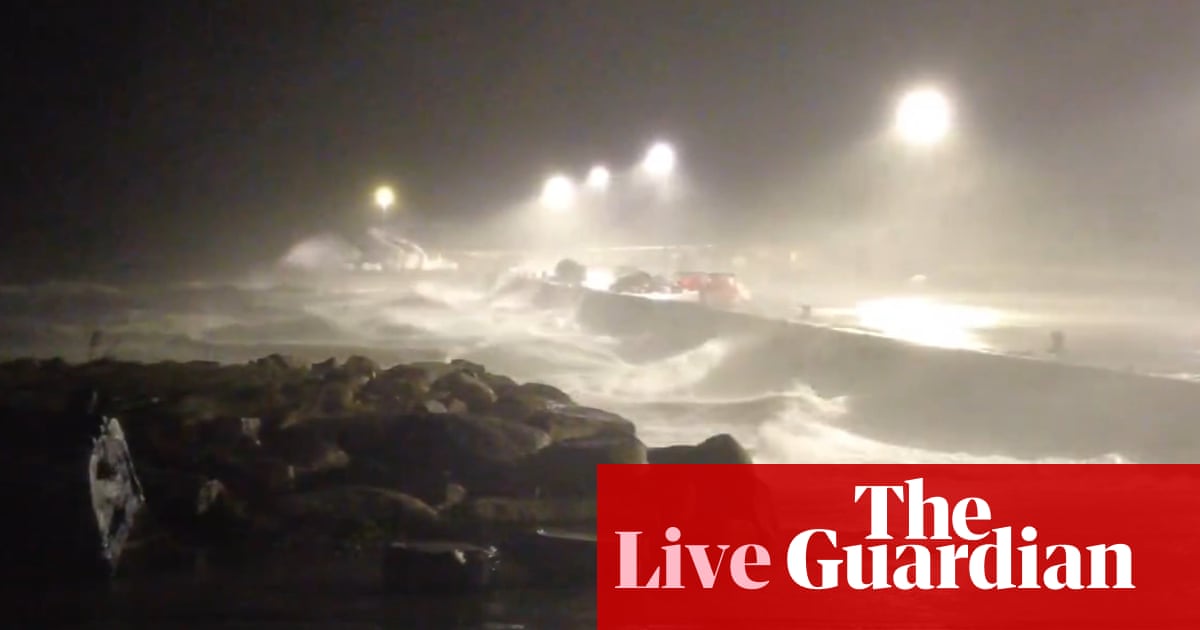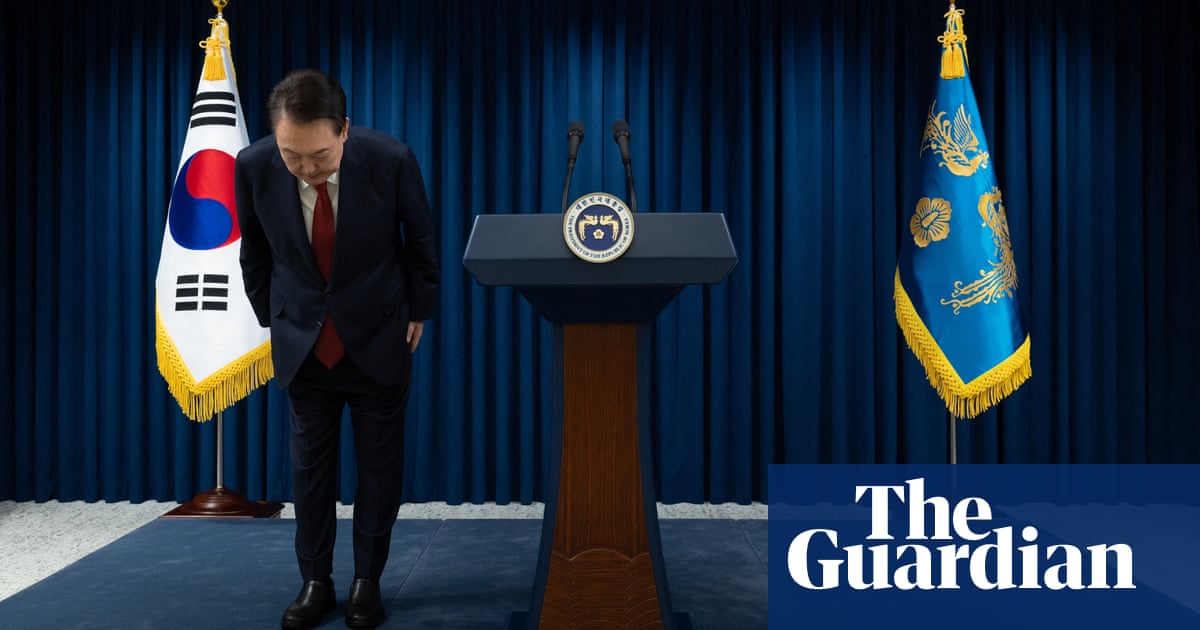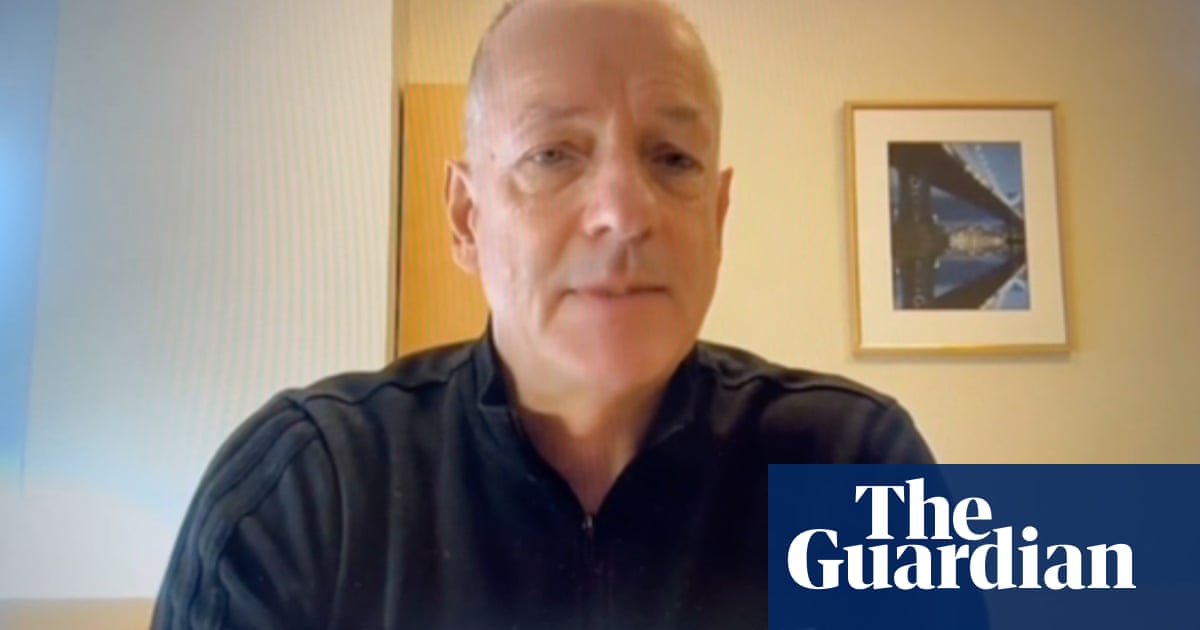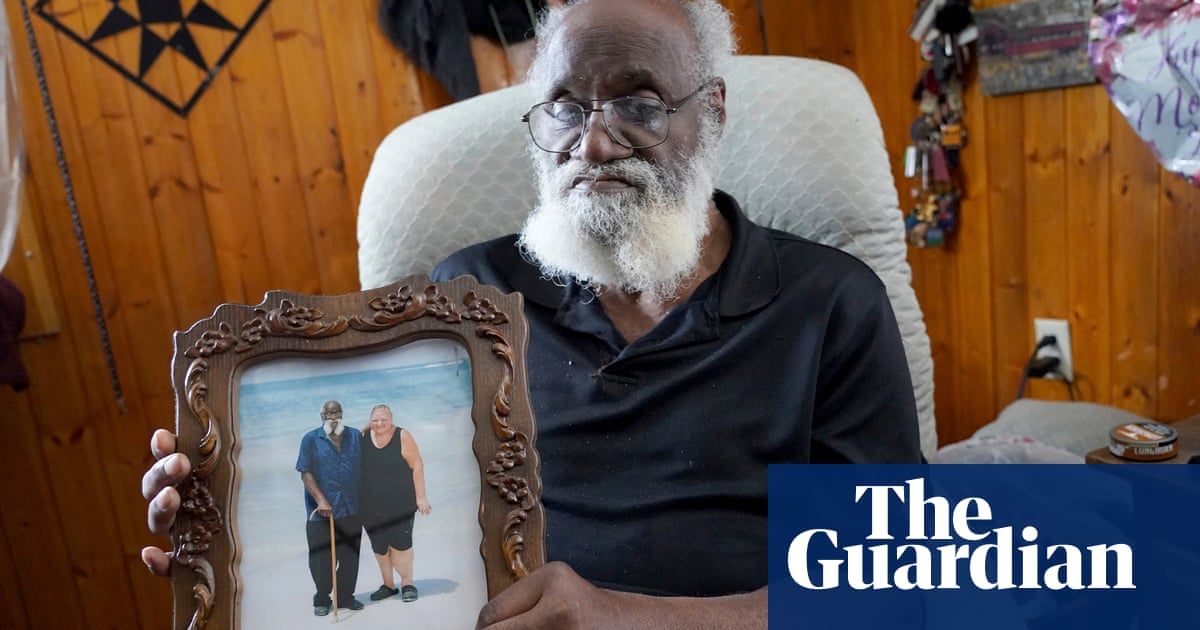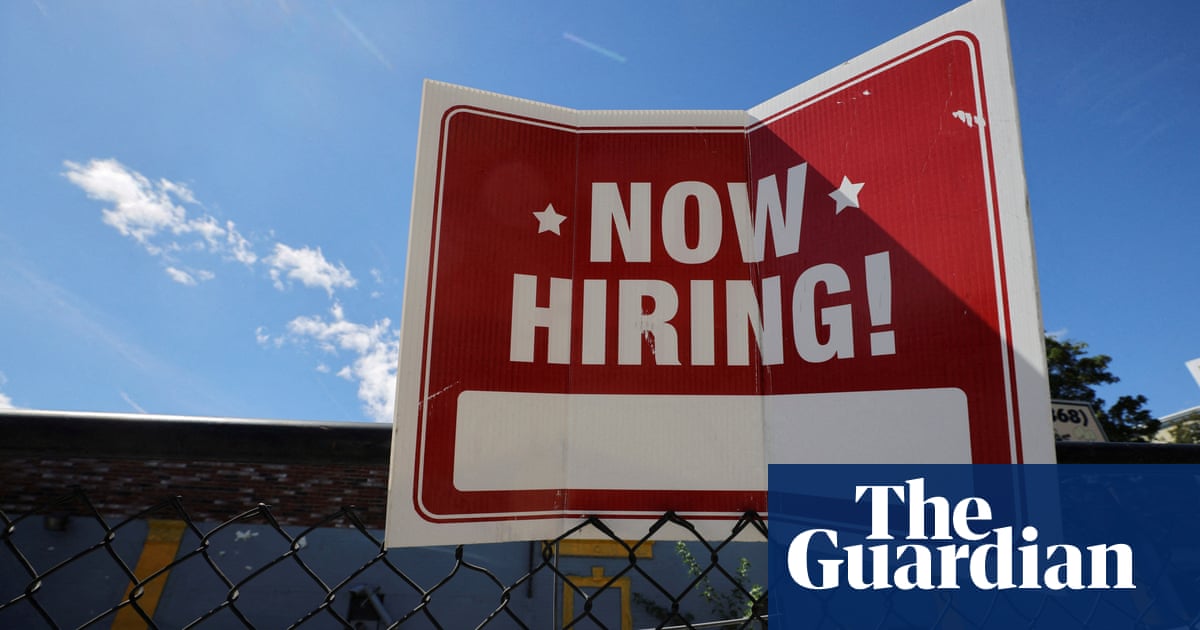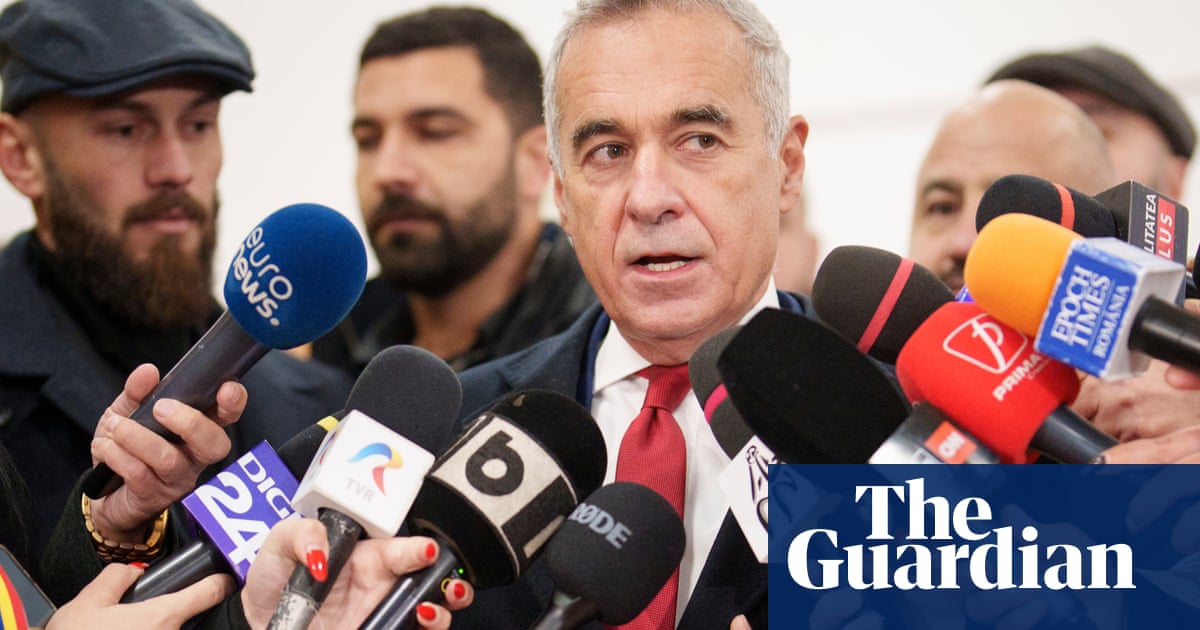Three million people told to stay home by emergency mobile phone alert
The Cabinet Office issued an emergency alert at 6.45pm on Friday to 3 million people in areas covered by the Met Officeâs rare red warning for wind in parts of Wales and south-west England.
The emergency alert system sent a message to every compatible mobile phone in the affected areas, containing information about the red warning and guidance on how to stay safe into Saturday.
This included a line that said: âStrong winds can cause flying debris, falling trees and large waves around coastal areas, all of which can present a danger to life. Stay indoors if you can. It is not safe to drive in these conditions.â

It was the largest use of the emergency alert system outside a test scenario â the last test being in April 2023.
It is understood residents in Devon, Bath and North East Somerset, the city of Bristol, North Somerset, South Gloucestershire, Somerset, Isle of Anglesey, Gwynedd, Conwy, Ceredigion, Pembrokeshire, Carmarthenshire, Swansea, Neath Port Talbot, Bridgend, Vale of Glamorgan, Cardiff, Monmouthshire and Newport received the alert.
Mobile phones made a loud siren-like sound even if they were set on silent. The sound and vibration lasted for about 10 seconds.
The warning, which has led to the cancellation of events including Christmas attractions, is in place from 3am to 11am on Saturday.
The Met Office has warned of âdamaging windsâ with gusts of 90mph (145km/h) possible over the coasts and hills of West and South Wales. Forecasters say the strongest winds will begin to ease from late morning.
Key events
The business secretary, Jonathan Reynolds, has been speaking to Sky News about Storm Darragh. Reynolds described the storm as a âchallenging situationâ.
According to the PA news agency, Reynolds said:
About three million homes will have had the emergency alert system to their mobile phone. I would just encourage anyone who has had that to follow the advice.â
National Grid is responding to the 20,000 homes without power, Reynolds said, adding staff âwill be on standby for any further challenges throughout the rest of the dayâ.
He said:
Where you can, stay inside, donât put yourself at risk, and just follow the advice at all times.â
National Highways advised the QEII Bridge at Dartford Crossing in Englandâs south east had also been closed due to strong winds.
In the West Midlands, the A5 was closed between the B5070 at Gledrid and A483 at Halton due to strong winds.
The Met Office confirmed to the PA news agency wind gusts of up to 92mph had been recorded overnight in Capel Curig in north Wales and Aberdaron on the Llyn Peninsula.
Gusts of between 72-78mph were recorded along the coasts of Wales and Northern Ireland.
National Rail is warning people hoping to travel by train this weekend that Storm Darragh may disrupt services throughout Saturday and Sunday.
You can see a full list of affected services on their website.
Red weather warnings explained
As weâve been reporting, the Met Office has issued a red weather warning for Storm Darragh. But what does that actually mean?
What is a weather warning?
A weather warning is issued by the Met Office through the National Severe Weather Warning Service. The aim is to keep people safe by warning what severe weather is in store and what the impacts may be.
The warnings are given a colour â yellow, amber or red â depending on the combination of the impact the weather may have and the likelihood of those impacts occurring. Warnings can be provided up to a week ahead for severe weather including rain, thunderstorms, wind, snow and ice.
What does a red warning mean?
Red is the most serious weather warning the Met Office can issue. It means dangerous weather is expected and people are urged to take action to keep themselves and others safe. Met Office spokesman Grahame Madge said red warnings are given based on âthe impact, not the severityâ of the weather.
How rare are red warnings?
Red warnings are issued ârelatively infrequentlyâ, according to the Met Office. The last red warning in the UK was issued in January for winds in north-east Scotland. Gusts of up to 99mph from Storm Isha killed two people and left tens of thousands of homes without power. Since the Met Office began issuing red warnings in 2011, there have been 20, with typically one or two a year.
In 2022, the UK had three red weather warnings, with the first ever alert for extreme heat in July 2022.
You can read more about red weather warnings on the Met Office website.

Jamie Grierson
Natural Resources Wales (NRW) has urged people to be vigilant and prepared for possible significant flooding in areas of south Wales on Saturday and into Sunday.
While rainfall totals are not expected to be as high as those experienced during Storm Bert last month, further heavy rain experienced in Wales this week means the ground is saturated and rivers could rise quickly, NRW said.
Some rivers will also contain debris yet to be removed following Storm Bert, which could heighten flood risk.
Rhondda Cynon Taf, where between 200 and 300 properties were flooded during Storm Bert, was forecast to be hit by heavy rain once again.
NRW issued more than 30 flood alerts and warnings, while the Environment Agency in England put more than 20 red flood warnings in place, with residents and business owners told to âact nowâ.
The Met Office has provided a list of tips for staying safe amid strong winds â from driving safely to protecting your home from damage.
You can read it here.
As well as strong winds, Darragh is also expected to bring heavy rain over the weekend, with more than 120 flood alerts in place this morning.
An amber warning for rain is in place in Wales from 3am to 6pm on Saturday with heavy rain likely to lead to disruption to transport and infrastructure.
Welsh FA postpones all Saturday matches
The Football Association of Wales has said all matches in the country were being postponed on Saturday due to Storm Darragh, following advice from the Met Office.
âIt is not safe to drive in such weather, including travelling to and from football matches,â the association said in a statement on its website.
âClubs have been advised to check for and secure any loose items around their grounds if it can be done safely. This includes bins, furniture, goalposts, and fences etc.
It said any postponements of Sunday fixtures will be considered on a âcase-by-case basis, in line with each individual leagueâs policyâ.
In the Championship, Cardiff Cityâs Saturday home game against Watford was also postponed on Friday evening âin the interest of supporter safetyâ, the club said on its website, with no new date yet set for the fixture.
âAll match tickets purchased for this game will remain valid for the rearranged date,â the club said.
Thousands left without power
Thousands of people across Northern Ireland, England and Wales have been left without power as they brace for the impact of Storm Darragh.
As of 5am, National Grid reported more than 12,600 premises had lost power in the Midlands and south-west, and more than 20,000 homes had been disconnected in Wales.
A note on the Northern Ireland Electricity Networkâs website said the authority was unable to provide estimated restoration times.
âDue to the number of faults we are currently experiencing on the network, we are unable to provide an estimated restoration time for your electricity supply at this time,â it read.
âWe are working to restore supplies as quickly and safely as possible.â
Ireland residents urged to take red warnings âextraordinarily seriouslyâ
Seven counties in the Republic of Ireland have put under red wind warnings overnight.
Airports have warned of potential disruption and some ferries have been cancelled. A series of festive events have also been called off across the weekend.
Met Eireannâs highest level of alert cover counties Mayo, Clare, Galway, Donegal, Leitrim, Sligo and Wicklow.
The taoiseach, Simon Harris, urged those living in areas covered by red warnings to take them âextraordinarily seriouslyâ.
âA red weather warning does mean do not travel during that period of time, and even though it is a Friday night and coming up to the Christmas season, Iâd really encourage people to heed that advice and indeed to follow closely weather advice in the hours ahead,â he said.
âOf course, thereâs an orange weather warning for the rest of the country as well. So, really, people in that area should avoid any unnecessary travel at all. It is important people take these warnings very, very seriously in terms of protecting life in the hours ahead.â
In Mayo, the warning came into effect at 9pm on Friday and is place to 3am. For Clare and Galway, the alert is in place from 9pm to 2am. In Donegal, Leitrim and Sligo, the warning came into effect at 10pm and is in place until 3am. The red warning for Wicklow is in effect from 1am to 6am on Saturday.
ESB Networks said the high winds are expected to cause damage to electricity infrastructure, particularly in counties subject to the red warnings.
The rest of the Republic of Ireland will be covered by a Met Eireann orange wind warning. In Munster and Connacht, that warning came into effect at 8pm on Friday and will extend to 10am on Saturday.
Bridges closed, and rail, ferry and air services disrupted
Both the Prince of Wales Bridge, M4, and the Severn Bridge, M48, which connect south-west England to Wales have been closed due to strong winds caused by Darragh, National Highways has said.
Dublin airport has confirmed it had welcomed a number of flights bound for other airports and were diverted due to the storm.
A number of British Airways flights to and from Heathrow, Paris, the United States and the Netherlands were also cancelled.
Network Rail Wales has said all train services west of Cardiff were suspended until further notice due to falling trees blocking the line.
National Rail has said Storm Darragh was likely to affect services across the whole network, advising people to check their journey in full before travelling as it may mean last services of the day are cancelled and passengers may not reach their destination.
You can find details on National Rail service disruptions here.
Chiltern Railways advised customers to only travel if absolutely necessary on Saturday, with significant disruption expected across the network.
A reduced timetable will be in operation, with one train an hour on all routes. Chiltern said customers with tickets on Saturday can use them on Sunday, Monday or Tuesday instead.
Stena Line said the storm would be âimpactingâ some sailings over the coming days, and Bristol airport said disruption was expected.
âPassengers are advised to check with their airline before travelling,â a warning on the Bristol airport website said.
Three million people told to stay home by emergency mobile phone alert
The Cabinet Office issued an emergency alert at 6.45pm on Friday to 3 million people in areas covered by the Met Officeâs rare red warning for wind in parts of Wales and south-west England.
The emergency alert system sent a message to every compatible mobile phone in the affected areas, containing information about the red warning and guidance on how to stay safe into Saturday.
This included a line that said: âStrong winds can cause flying debris, falling trees and large waves around coastal areas, all of which can present a danger to life. Stay indoors if you can. It is not safe to drive in these conditions.â
It was the largest use of the emergency alert system outside a test scenario â the last test being in April 2023.
It is understood residents in Devon, Bath and North East Somerset, the city of Bristol, North Somerset, South Gloucestershire, Somerset, Isle of Anglesey, Gwynedd, Conwy, Ceredigion, Pembrokeshire, Carmarthenshire, Swansea, Neath Port Talbot, Bridgend, Vale of Glamorgan, Cardiff, Monmouthshire and Newport received the alert.
Mobile phones made a loud siren-like sound even if they were set on silent. The sound and vibration lasted for about 10 seconds.
The warning, which has led to the cancellation of events including Christmas attractions, is in place from 3am to 11am on Saturday.
The Met Office has warned of âdamaging windsâ with gusts of 90mph (145km/h) possible over the coasts and hills of West and South Wales. Forecasters say the strongest winds will begin to ease from late morning.
‘Danger to life’ warning issued for parts of UK as Storm Darragh hits

Jamie Grierson
A red warning for wind, signalling âdanger to lifeâ, has been issued by the Met Office for parts of Wales and south-west England as Storm Darragh hits the UK.
Gusts of 90mph (145km/h) or more were possible over the coasts and hills of west and south Wales, as well as funnelling through the Bristol Channel with some very large waves on exposed beaches, the forecaster said.
The rare red warning was in place from 3am to 11am on Saturday and signalled a danger to life due to flying debris and falling trees.
An amber warning for wind was already in place for large parts of the UK, with power cuts and flying debris possible amid the arrival of Storm Darragh, the fourth named storm of the season.
The amber warning for âpotentially damagingâ winds was in place on Saturday from 1am until 9pm for the west coast of the UK from South Ayrshire in Scotland down to Cornwall, as well as in Northern Ireland.
Yellow warnings for wind and rain on Thursday across parts of Northern Ireland, Wales, Scotland and England were extended to cover the north-east and south of England on Friday.
Flying debris could cause injury or danger to life and buildings may be damaged, such as tiles blown from roofs, the Met Office said. Power cuts and large waves should be expected, and some roads and bridges may be closed, with falling trees posing an additional hazard.
National Highways, which runs the UKâs motorways and busiest A-roads, has issued a severe weather alert for Saturday and has warned motorists in the south-west and north-west to prepare for gale force winds.
It said routes likely to be affected by the strongest winds include the M5 in northern Somerset, the A30 in Cornwall and the M6 in Cheshire.
Severe winds are already affecting travel in parts of the UK with the M48 Severn Bridge in Gloucestershire closed on Thursday night because of gusty weather.
A yellow warning for rain will be in place for Northern Ireland and Wales, which were badly affected by flooding during Storm Bert, from 3pm on Friday until 12pm on Saturday.
Up to 60mm of rain could fall in these areas during the warning period, which may lead to some flooding and disruption, forecasters said.
